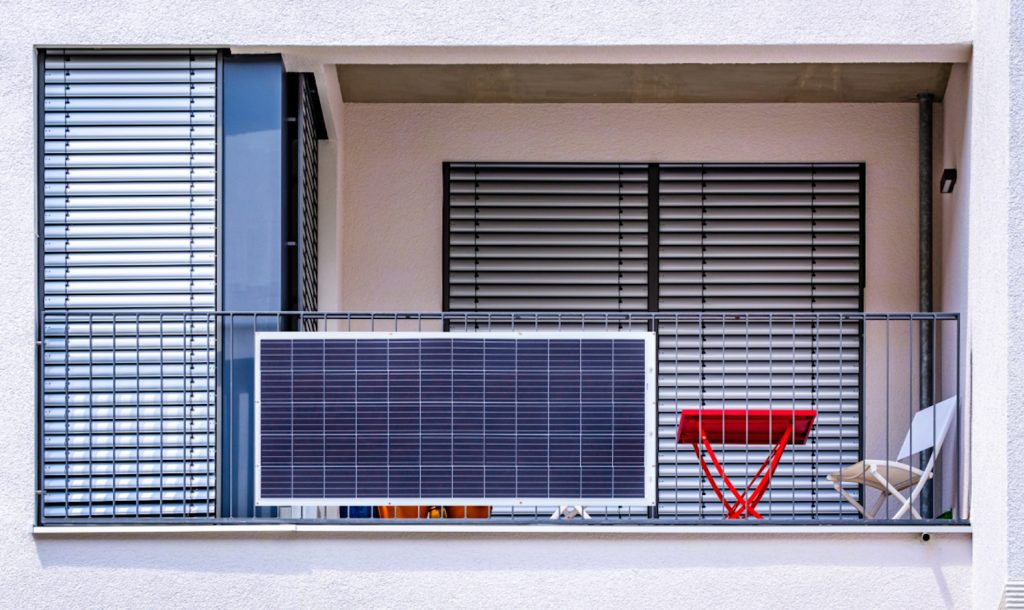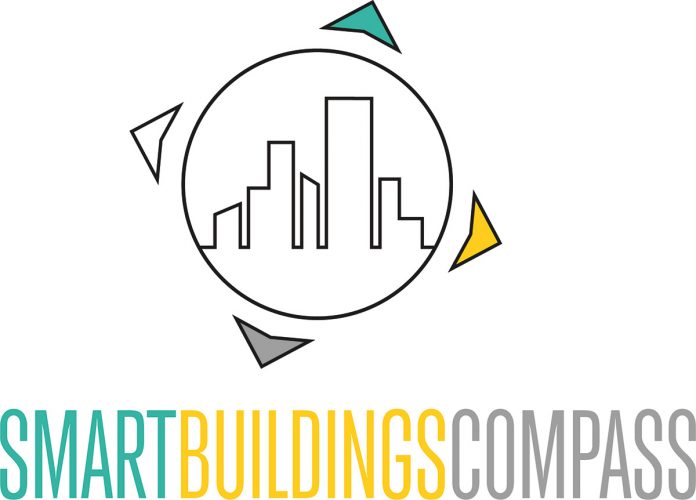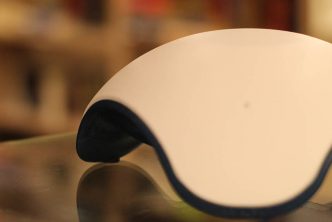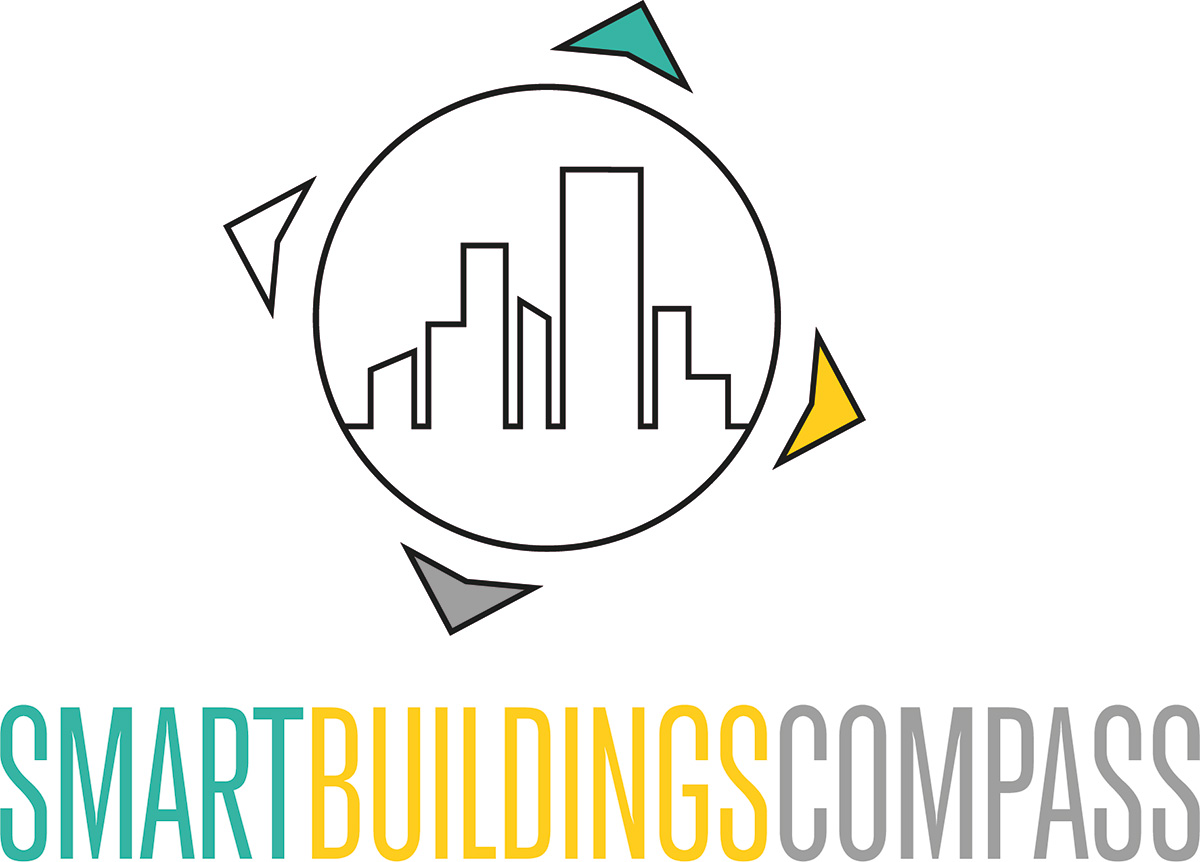Private demand for solar power plants has increased enormously in recent years. The energy transition is driving the expansion of Solar energy and wind power. There are also various support programs and incentives for renewable energy. However, these can vary depending on the region and state.
It is recommended to check with local authorities and energy agencies for possible financial support. Good news is that the Autrian government is considering abolishing the VAT for small PV systems in order to further support their expansion. This is intended to make funding simpler and less bureaucratic.
The legal side of the balcony power plant
In Austria, balcony power plants are allowed up to 800 watts. This value refers to the inverter, which converts the direct current of the solar modules into grid-standard alternating current and feeds it into the power grid. Balcony power plants, also called plug-in plants, plug & play or ready-to-plug-in plants, can be installed on balconies without any problems. They are attached by a mounting system that can withstand even strong winds.

Through this installation no structural changes are made to the building. Thus, there is no obligation to inform owners or landlords. However, the installation of these panels changes the external appearance, which requires a permit – and the installation can be prohibited by the house/apartment owners. Sometimes there are also regional building codes or regulations that must be followed.
Connection to the network
A balcony power plant must be registered with the grid operator two weeks before commissioning. This can normally be done via online form. Connection to the grid can be made without any problems by means of Schuko or Wieland plugs, only an electricity meter (smart meter) of the latest standard is required.
For insurance reasons, such systems must be permanently connected to the grid. This is required by ÖNORM E 8001-4-712. According to the electrotechnical standard (OVE E 8101), the direct connection to a Schuko plug does not comply with the rules. Also, these small systems should be wired professionally by an electrician. However, this norm is not legally binding, so as long as there is no law or regulation on this, compliance is not mandatory, but voluntary. Thus, balcony power plants are legal in Austria.
How do balcony power plants work?
Balcony power plants use the energy of the sun to generate electricity. Their basic operating principle is based on photovoltaic technology. Balcony power plants consist a least of three components:
Solar cells: The heart of a balcony power plant are the solar cells, which are mounted on solar modules. These solar cells are made of silicon and convert sunlight directly into direct current.
Inverter: The direct current generated must be converted to alternating current, since most household appliances and the power grid use alternating current. An inverter ensures that the generated electricity becomes usable.
Feeding into the power grid: The electricity generated can either be used directly in the household or fed into the public power grid. In many cases, if more power is generated than is needed, the excess power can be sold to a utility. Alternatively, the generated electricity can be stored for later use by an (additional) storage solution.
What should be considered during installation?
Installing a balcony power plant requires some considerations:
Solar radiation: The efficiency of a balcony power plant depends on the amount of sunlight that falls on the balcony. It is important to make sure that the balcony receives enough sunlight, ideally faces south and does not cast shadows from surrounding buildings or trees.
Permits and Regulations: Be aware of local regulations and permits that may be required for balcony solar installations. Official permits or building regulations have to be observed.
Space requirements: Balcony power plants require space, so make sure there is enough room for the solar panels and inverter without crowding the balcony.

Balcony power plant challenges
Although balcony power plants offer many benefits, there are also some challenges to overcome:
Cost: The purchase and installation of balcony power plants can be expensive. It may take a few years to recoup the investment through saved energy costs.
Efficiency: The limited space on a balcony means that balcony power plants typically produce less energy than larger rooftop solar installations. Efficiency may vary depending on location.
Maintenance: Like all solar systems, balcony power plants require maintenance to maintain their performance. Regular cleaning of the solar modules and inspection of the system are necessary.
Blackout protection: In principle, balcony power plants disconnect from the grid fully automatically in the event of a blackout for safety reasons.
Overall, balcony power plants offer an exciting opportunity to generate clean energy and help reduce CO2 emissions. However, careful planning and attention to local conditions is essential during installation. As the technology continues to evolve, balcony power plants could play an even more important role in decentralized power production in the future.






